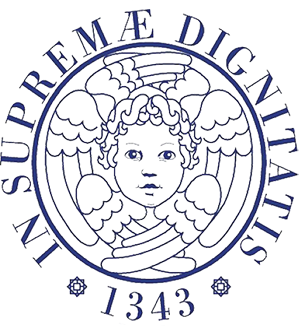Definition:
Partial ureteral resection is an open surgery (involves external skin incision) whose purpose is to remove a portion of ureter damaged by various pathologies (cancer, stenosis, trauma, or other cause).
Indications:
- Well-located and differentiated ureteric neoplasms (low grade and low stage tumor);
- Short ureteral tracts damaged during previous surgical operations (e.g. gynecological surgery on women);
- Irreversible damage during the endourological procedures;
- Ureters damaged by abdominal or pelvic trauma;
- Need for a single kidney.
Technical Description:
Partial ureteral resection can be performed throughout the ureteral tract (lumbar iliac, pelvic) and in the case of the terminal ureter the intervention may involve the removal of the unreliable tract and its replantation in the bladder according to techniques which also include an antireflux function.
Ureteral resection occurs after incision of the skin. The position varies depending on the pathology, location of the lesion and reconstructive surgical purposes.
Once recognized the pathological ureter tract, it is removed after the insertion of a ureteral tutor (double stent J extending from the kidney to the bladder). The two ureteral stumps will be sutured on the section surfaces or re-planted in the bladder, in the event of the removal of the terminal tract. The intervention involves retroperitoneal drainage and a bladder catheter.
The retroperitoneal drainage will be removed after 3-5 days, the suture stitches after 7 days and the ureter tutor (if present) after 7-14 days. The bladder catheter, if present, and in the presence of the ureteral tutor, may be removed after 24-48 hours.
Preparation for intervention:
Preparation similar to other endoscopic interventions according to anesthesiological requirements:
- Fasting from midnight (the day before the intervention);
- Diet free of slag and possibly evacuating enema;
- Trichotomy;
- Antibiotic prophylaxis is recommended that can be continued even after the surgery;
- Antithrombotic prophylaxis.
Duration of intervention:
The duration of the intervention is related to the local difficulties and it is generally higher than the hour.
Type and duration of hospitalization:
Ordinary hospitalization with an average stay of 7-14 days.
Results:
Generally resolutive.
Advantages:
- Preserves the excretory pathway (including kidney);
- Prevents dialysis in patients with single kidney or important impairment of renal function.
Disadvantages:
- Disadvantages of open surgery;
- Need to manipulate wide stretches of the excretory pathway.
Side effects:
Bladder irritation associated with the presence of ureteral tutors and bladder catheter.
Complications:
- Wound infections;
- Hematoma of the retroperitoneum;
- Urine fistula determined by the dehiscence of sutured, little vital and trophic ureteral stumps for intraoperative devascularization. Fistulas that usually appear after the removal of ureteral tutors, in the absence of spontaneous resolution require reoperations that can contemplate particular technical-surgical artifices (psoizzazioni of the bladder, ureter replacement with ileal sections, transureteral-anastomosi, ureterocutaneostomy or the removal of the entire urinary tract);
- Stenoses of the ureteral tract subjected to anastomosis, whose resolution may require a second open surgery or endothelial procedures (progressive balloon expansion or stent insertion for variable periods);
- Bladder-ureteral reflux, transient after removal of the bladder catheter in patients with pyelo-bladder stents or constant stent in the case of “direct” ureterovesicular replanting (without anti-reflux procedure). Usually this event does not require surgical correction.
At discharge:
It is recommended a morigerized period of life (reduced physical stress, poor physical activity, moderate diet, urinary antiseptic therapy when recommended) for a variable period depending on the magnitude of the secondary side effects of the surgery. This period is not to be considered as a period of illness for the purposes of mutualism that competes to the practitioner.
Certification of the presence and type of ureteral tutor and the need for removal and / or replacement at pre-set times.
How to behave in case of complications arising after discharge:
In case of painful symptoms related to the lumbar region or the wound, it is advisable to contact the urologist.
If bladder irritation or fever occurs the patient can contact his/her doctor as a first instance, then the doctor will decide what to do.
Checks:
The first postoperative control that falls within the DRG will be performed within 30-45 days.
In the case of interventions performed for cancer pathology:
- Urinary cytology on three samples after three months;
- Cystoscopy after three months;
- Intravenous urography after six months.
For surgeries due to stenosis and trauma, intravenous urography or renal ultrasound is sufficient after six months from the surgery.

